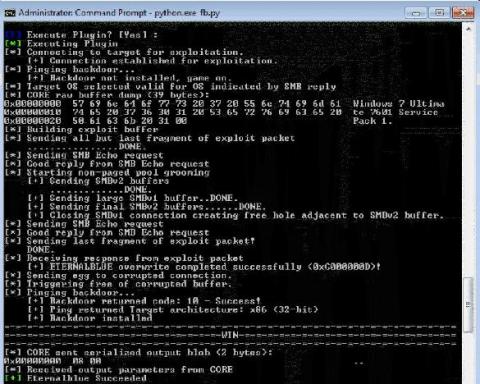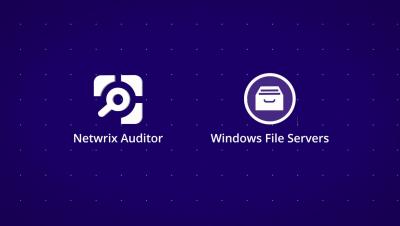Building security culture: How organizations can improve cybersecurity
As our personal and business lives move into the digital sphere, implementing robust cybersecurity practices has quickly become a necessity. Much like brushing your teeth twice a day or making sure you get eight hours of sleep each night, it’s important to regularly protect and clean our data. Indeed, with 70% of Americans conducting their banking primarily online, it’s easy to see that a lapse in judgment or ignorance of how to stay safe could have serious consequences for many.










